Pneumatic Actuated Ball Valve
Efficient: Rapid switching improves system efficiency.
Durable: Can operate long-term in harsh environments.
Good Sealing: Superior to other valves in preventing leaks.
Easy to Operate: Controlled with a simple air source.
Easy Maintenance: Simple design reduces operational costs.
Versatile: Can handle various types of fluids.
Automatable: Capable of remote control and monitoring.
Energy-saving: Uses compressed air, environmentally friendly.
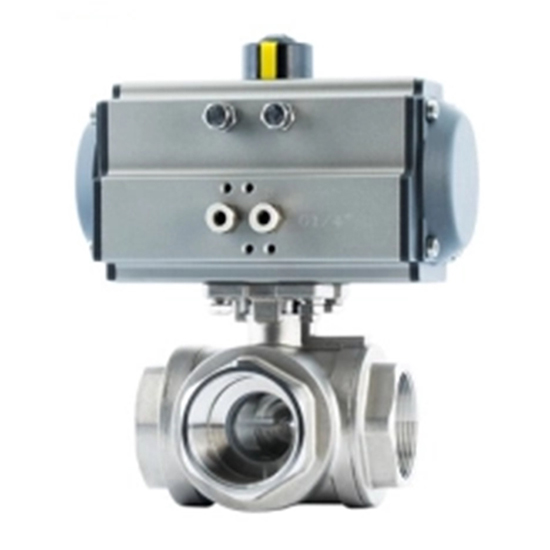
Pneumatic Actuated Ball Valve Gallery
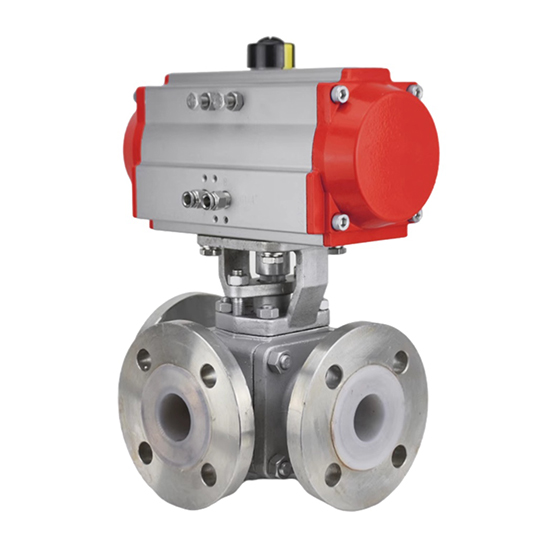
Pneumatic Actuated Ball Valve
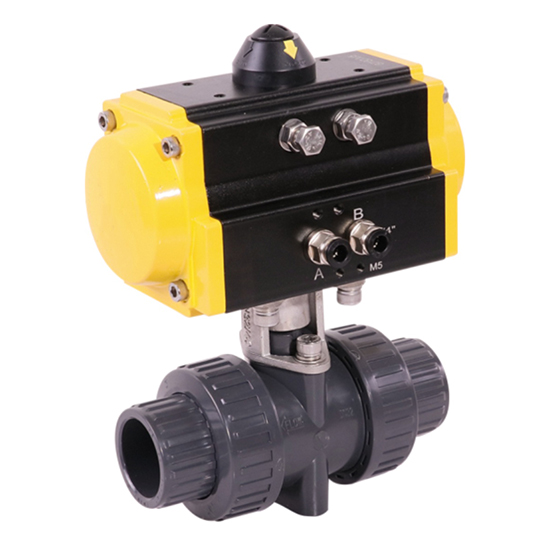
Pneumatic Actuated Ball Valve
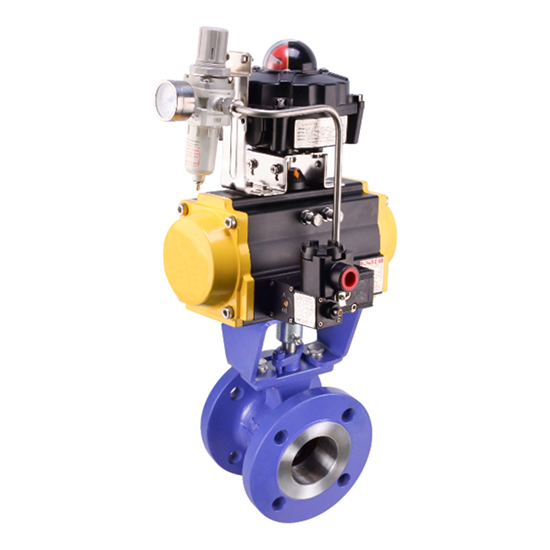
Pneumatic Actuated Ball Valve
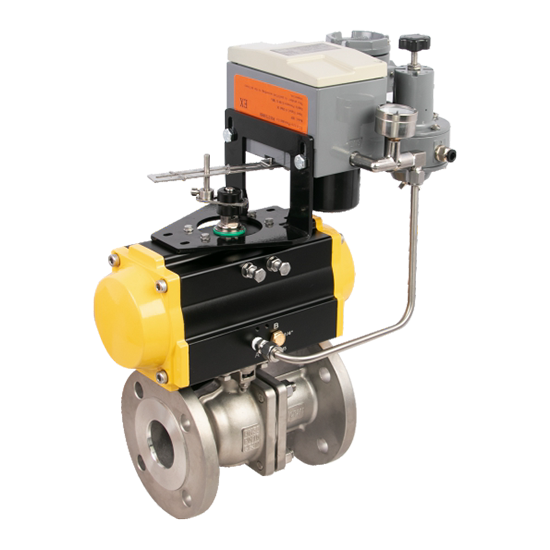
Pneumatic Actuated Ball Valve
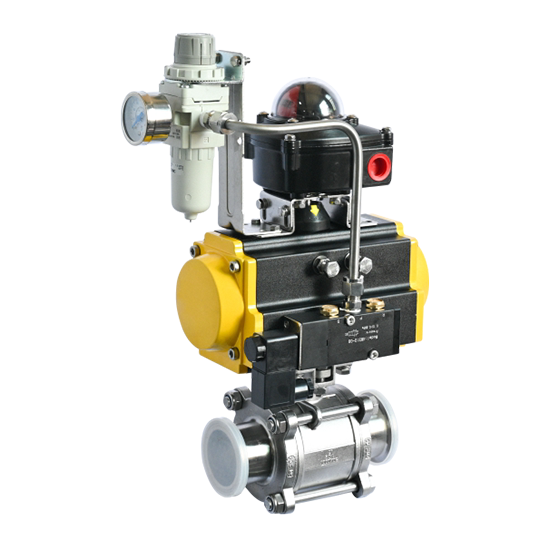
Pneumatic Actuated Ball Valve
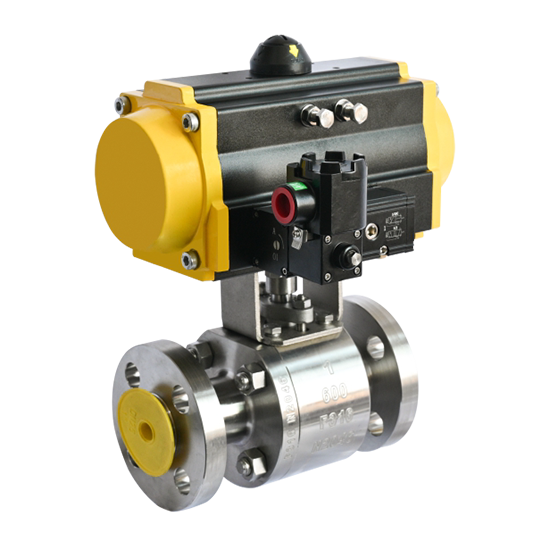
Pneumatic Actuated Ball Valve
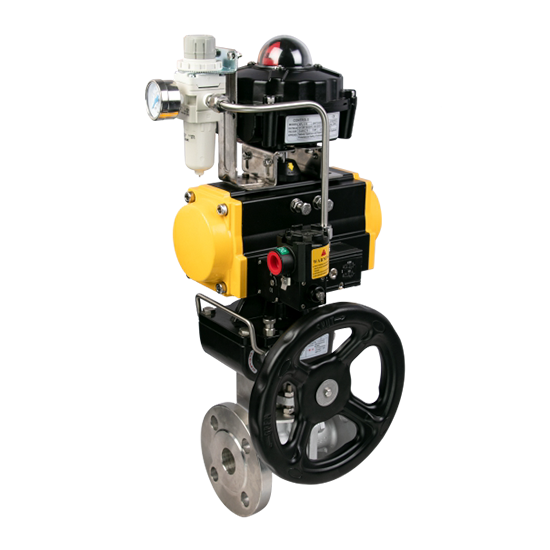
Pneumatic Actuated Ball Valve
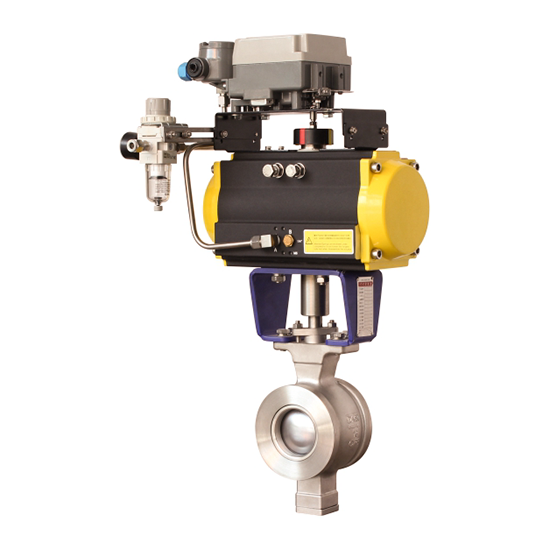
Pneumatic Actuated Ball Valve
Every LORZEN Pneumatic Actuated Ball Valve has gone through highly controlled conditions to ensure the high quality of your Pneumatic Actuated Valves.
Pneumatic Actuated Ball Valves are known for their distinctive features that make them suitable for a wide range of applications. Here are some of their product characteristics:
Compact Design: Pneumatic Actuated Ball Valves have a compact and efficient design that makes them suitable for various applications, even in limited space.
High Flow Rates: These valves are designed to allow high flow rates, making them ideal for applications that require rapid fluid movement.
Wide Range of Materials: They can be made from a variety of materials, including stainless steel, brass, and PVC, to suit different operational environments and fluid types.
Precise Control: They offer precise control over fluid flow, with the ability to start, stop, and regulate the flow of a liquid or gas.
Reliability: The combination of a simple yet robust design and quality materials results in a highly reliable valve that requires minimal maintenance.
Safety Features: Many models come with safety features such as a manual override or a position indicator, increasing the safety and efficiency of the system.
Adaptable: They can be fitted with various types of actuators, such as single or double-acting, to suit the specific requirements of the application.
Environmentally Friendly: The use of compressed air as a power source makes these valves an environmentally friendly choice.
Definition and Introduction of Pneumatic Actuated Ball Valve
A Pneumatic Actuated Ball Valve is a type of valve that uses a ball with a hole through its center, which rotates to open, close, or partially obstruct the flow of fluids. The rotation of the ball (usually 90 degrees) is driven by a pneumatic actuator, which uses air pressure to create motion.
Performance Features of Pneumatic Actuated Ball Valve
Compact and Efficient Design: Pneumatic Actuated Ball Valves are typically smaller and lighter than other types of valves, which makes them easy to install and operate.
High Flow Capacity: They can handle high flow rates with low pressure drop due to the full port design of the ball valve.
Versatility: Pneumatic Actuated Ball Valves can control a wide variety of fluids, including gases, liquids, and semi-fluids. They can also handle different pressure and temperature ranges depending on the materials used.
Precise Control: The 90-degree rotation of the ball provides quick and accurate control of the flow. This makes them suitable for on/off control, but with the right positioner, they can also be used for flow modulation.
Reliability and Durability: The simple and robust design of these valves, combined with the use of quality materials, ensures a long service life with minimal maintenance requirements.
Safety: Many Pneumatic Actuated Ball Valves come with safety features such as a manual override, which allows the operator to manually control the valve in case of an air supply failure.
Environmentally Friendly: The use of compressed air as the actuating medium makes these valves an energy-efficient and environmentally friendly option.
Automation Capabilities: With the addition of control accessories like limit switches, positioners, and solenoid valves, these valves can be automated for remote control and monitoring, enhancing operational efficiency.
Standard technical parameters
| Type of Ball Valve | Floating,Trunnion,Top mounted,Fully welding,DBB,Pigging valve etc. |
| End connection | Flanged,BW,SW,Thread |
| Size | 1/2” – 56”/DN15-DN1400 |
| Pressure | 150LB-2500LB/PN16-PN420 |
| Application temperature | -196°~670° |
| Design | API6D,API608,BS5351,DIN3357,EN 2516 |
| Body Material | Carbon steel,Cast iron,stainless steel,Cr.Mo. steel,Alloy steel etc. |
| Media | Water,Steam,petroleum,Liquefied Gas,Natural Gas,Oil etc. |
Performance Testing
Our state-of-the-art facilities allow rigorous testing to validate function, endurance and environmental protection.
Quality Assurance
100% testing and inspection ensures superior performance of every actuator.
LORZEN Pneumatic Actuated Valves Are Utilized Across Various Sectors, Including:
Actuator Design
Pneumatic Actuated Ball Valve Search
Under normal operating conditions. a safety factor of 20% - 30% is considered for double acting actuators
Example:
Valve torque= 100Nm
Safety torque- 100(1+ 30%) = 130Nm
Air source pressure=5Bar
Compared with the double-acting torque table, the specification of the optional Double-acting actuator is DA105.
- +8613736966003
- sales@lorzval.com
- Lorzen Factory Park, Linyang Industrial District, Oubei Town, Yongjia County, Wenzhou City, Zhejiang Province, China
Pneumatic Actuated Ball Valve Related Information
Installation and Maintenance
Installation and Maintenance
The installation and maintenance of a Pneumatic Actuated Ball Valve are relatively straightforward. Here are some basic steps:
Installation: During the installation process, it’s important to ensure the actuator is correctly aligned and secured in the right position. The actuator should be properly interfaced with the driven device (such as a valve or other mechanical component) to ensure accurate and efficient operation.
Maintenance: Maintenance of the actuator typically involves regular inspections and replacement of worn parts. This might include replacing seals, cleaning and lubricating moving parts, and checking and adjusting the control system. In most cases, just carrying out these maintenance steps periodically can ensure long-term reliable operation of the actuator.
Industry Applications/Functional Uses
Industry Applications/Functional Uses
Pneumatic Actuated Ball Valve have a wide range of uses in many different industries and applications. Here are some of the main application areas:
Manufacturing: On automated production lines, these actuators can be used to control a variety of mechanical equipment such as valves, drums, conveyors, etc.
Energy Sector: In the oil, gas, and electricity industries, these actuators can be used to control various types of valves, ensuring efficient distribution and use of energy.
Chemical Industry: In chemical processes, these actuators can be used to precisely control conditions for various chemical reactions, such as temperature, pressure, and flow rate.
Water Treatment: In water treatment facilities, these actuators can be used to control various equipment like pumps, valves, and filters, ensuring effective water treatment.
Food and Beverage Industry: In the production process of food and beverages, these actuators can be used to control various equipment like mixers, ovens, and packaging machines, ensuring efficiency and quality in the production process.
These are just some of the main application areas for Pneumatic Actuated Ball Valve. Thanks to their simple design and operating principle, these actuators can adapt to a variety of different applications and environments.

